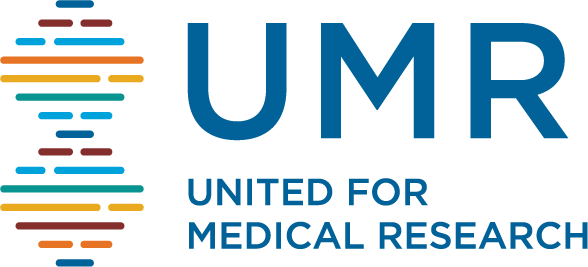When cases of COVID-19 began rising in Boston last spring, Pooja Chandrashekar, then a first year student at Harvard Medical School, worried that easy-to-understand information about the pandemic might not be available in the many languages spoken by clients of the Family Van, the health services and health literacy program where she was working at the time. So Chandrashekar recruited more than 175 multilingual health profession students from around the U.S. to start the COVID-19 Health Literacy Project. Its aim: Create clear, understandable information about the virus in more than 40 languages, including English.
